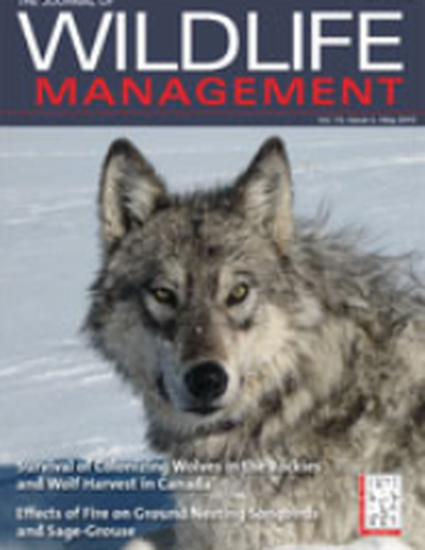
Article
Raptor and Corvid Response to Power Distribution Line Perch Deterrents in Utah
Journal of Wildlife Management
(2010)
Abstract
Increased raptor and corvid abundance has been documented in landscapes fragmented by man-made structures, such as fence posts and power lines. These vertical structures may enhance raptor and corvid foraging and predation efficiency because of increased availability of perch, nesting, and roosting sites. Concomitantly, vertical structures, in particular power distribution lines, have been identified as a threat to sage-grouse (Centrocercus spp.) conservation. To mitigate potential impacts of power distribution lines on sage-grouse and other avian species, the electrical power industry has retrofitted support poles with perch deterrents to discourage raptor and corvid use. No published information is available regarding efficacy of contemporary perch deterrents on avian predator use of lower-voltage power distribution lines. We evaluated efficacy of 5 perch deterrents mounted on support poles of an 11-km section of a 12.5-kV distribution line that bisected occupied Gunnison sage-grouse (Centrocercus minimus) habitat in southeastern Utah, USA. Perch deterrents were mounted on the line in November-December 2006 following a random replicated block design that included controls. During 168 hours and 84 hours of direct observation in 2007 and 2008, respectively, we recorded 276 and 139 perching events of 7 potential avian predators of sage-grouse. Golden eagles (Aquila chrysaetos) were the dominant species we recorded during both years. We did not detect any difference in perching events by perch deterrent we evaluated and controls (P > 0.05). Perch deterrents we evaluated were not effective because of inherent design and placement flaws. Additionally, previous pole modifications that mitigated avian electrocutions provided alternative perches. We did not record any raptor or corvid electrocutions or direct predation on Gunnison sage-grouse. The conclusions of this study can be applied by conservation groups and power companies to future management of power distribution lines within areas inhabited by species sensitive to man-made vertical structures
Disciplines
Publication Date
2010
DOI
https://doi.org/10.2193/2009-204
Citation Information
Terry A. Messmer. "Raptor and Corvid Response to Power Distribution Line Perch Deterrents in Utah" Journal of Wildlife Management Vol. 74 Iss. 4 (2010) p. 796 - 801 Available at: http://works.bepress.com/terry-messmer/234/
